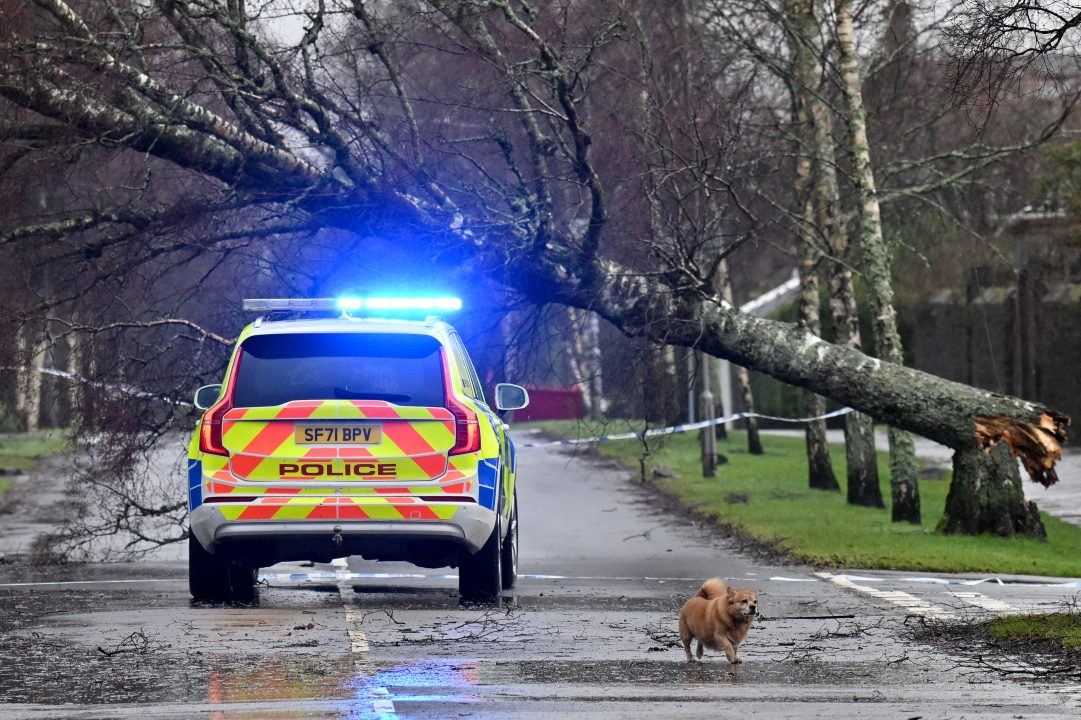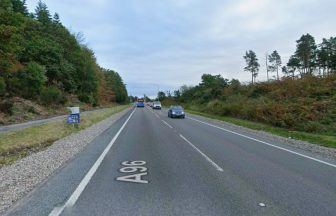Transport experts from across Scotland have joined forces to outline how they are preparing the country’s road, rail and ferry networks for the impact of severe weather.
Representatives from Transport Scotland, Police Scotland, the Met Office, ScotRail, Network Rail and CalMac were among those who set out their plans in Glasgow this week.
Officials said their preparations go far beyond snow and ice, with climate change now bringing more frequent and unpredictable weather events, including gale force winds, flooding and landslides.
Scotland’s changing weather
The Met Office’s named storm process has drawn attention to the increasing impact of severe weather on the transport network.
Over the last three years, flooding has restricted the trunk road network for an average of 62 days each year, compared to an average of 20 days between 2015 and 2017.
Transport Scotland said around 240 gritters will patrol the trunk road network this winter, spreading salt and ploughing snow from around 40 depots across Scotland.
Preparations include:
- Dedicated snow plans for key routes such as the M8, M74, M77, M80 and AWPR.
- Improved detection and management of ice on the Queensferry Crossing.
- Around 497,000 tonnes of salt in stock – more than was used during the whole of last winter.
Rail resilience
Scotland’s rail network will see numerous measures to manage severe weather, including the UK’s first 24/7 weather desk staffed by specialist meteorologists to provide real-time forecasts.
Specialist equipment will include snowploughs, a £1m winter train for de-icing infrastructure and a dedicated Network Rail helicopter to keep lines clear and safe.
Transport secretary Fiona Hyslop said: “Severe weather has traditionally been associated with winter, snow, ice and gritters. However, we just have to look back at the impact of Storm Amy and Storm Floris to realise that we can face challenging conditions at any time of year.
“We can see the real impact of climate change almost every day, be it on our television screens or through social media.
“Because of climate change, we are seeing more frequent heavy rain and more weather extremes throughout the year. We heard from experts today across all transport modes about what they are doing to prepare, as it’s vital we all work together to face the challenge and keep Scotland moving.”
Technology at the forefront
Martin Thomson, national operations manager for resilience at Transport Scotland, said: “Modern technology is once again at the forefront of managing severe weather.
“In addition to work on the Queensferry Crossing to mitigate ice, a new advanced weather forecasting system, new sensors to provide early warning of risk levels, and automatic barriers are now in play, if required.”
Ross Moran, route director at Network Rail Scotland, added: “Severe weather doesn’t respect railway timetables, which is why our teams are ready to respond throughout the year to conditions including strong winds, flooding, and ice.
“We use a wide range of tools to monitor and manage these risks, including our 24/7 weather desk with in-house meteorologists, a dedicated helicopter for aerial inspections, and specialist kit such as snow ploughs and de-icing trains to keep the railway safe and operational.”
What’s happening on the ferries?
Recent storms have caused significant disruptions, leading to widespread delays and cancellations across CalMac’s ferry network.
Finlay MacRae, head of operations at CalMac, said: “CalMac operates lifeline services within a complex marine landscape, which means that challenging weather conditions can affect our ability to operate effectively.
“Planning is key when it comes to severe weather, so we actively take part in resilience partnerships and planning events across our network with emergency services, local authorities, and other transport providers.
“Communication is also vital, and we strive to deliver clear messages as early as possible with customers digitally and through frontline staff when significant weather events are forecast.”
Chief superintendent Scott McCarren, head of road policing, said: “Resilience structures in Scotland bring together a multi-agency approach from a national level to local partnerships. Every agency has a role to prepare, respond and recover from severe weather.
“Everyone can help emergency services by planning ahead, check for road closures in advance, pay attention to weather warnings and listen to travel advice.”
Follow STV News on WhatsApp
Scan the QR code on your mobile device for all the latest news from around the country






























